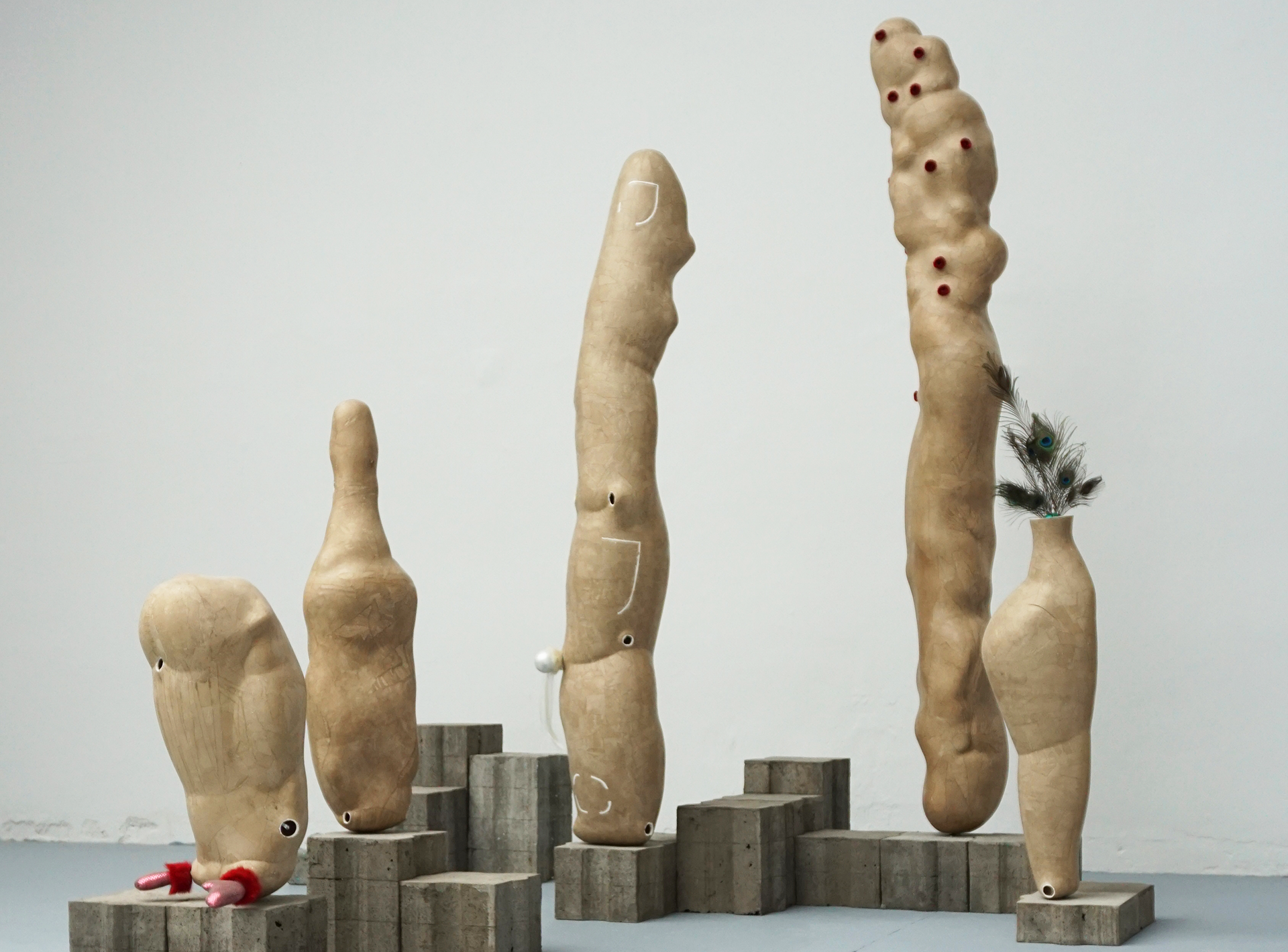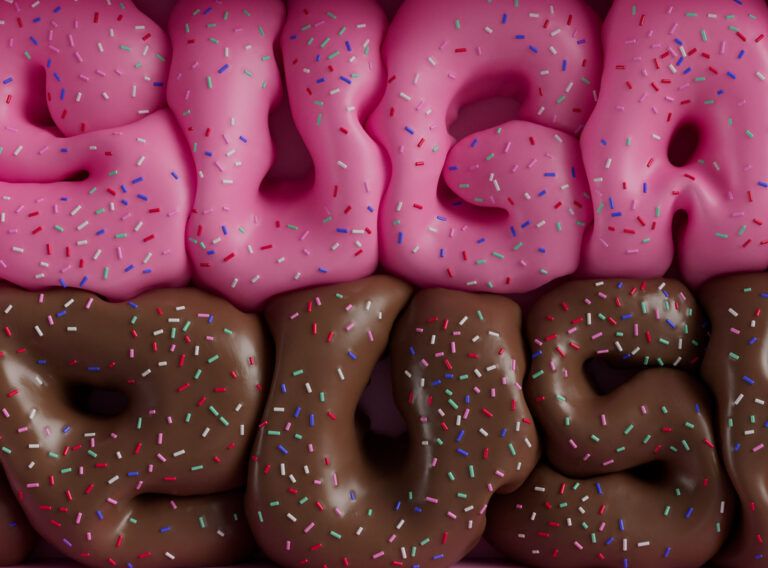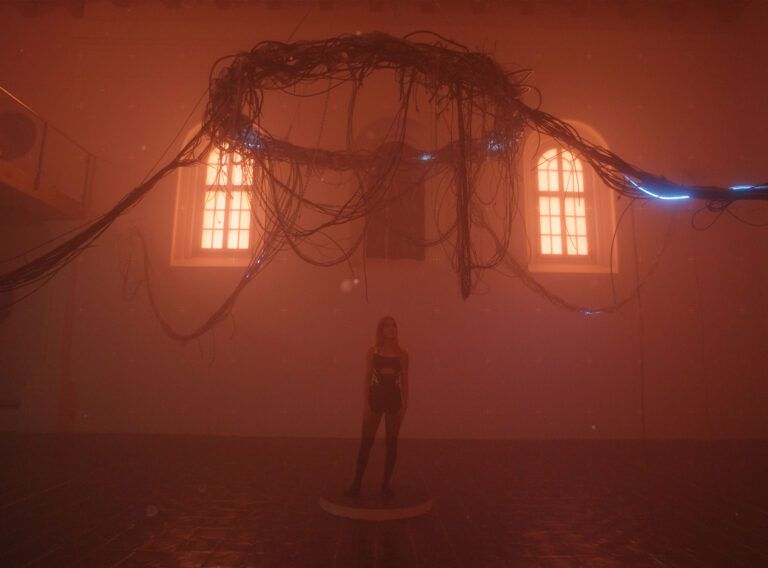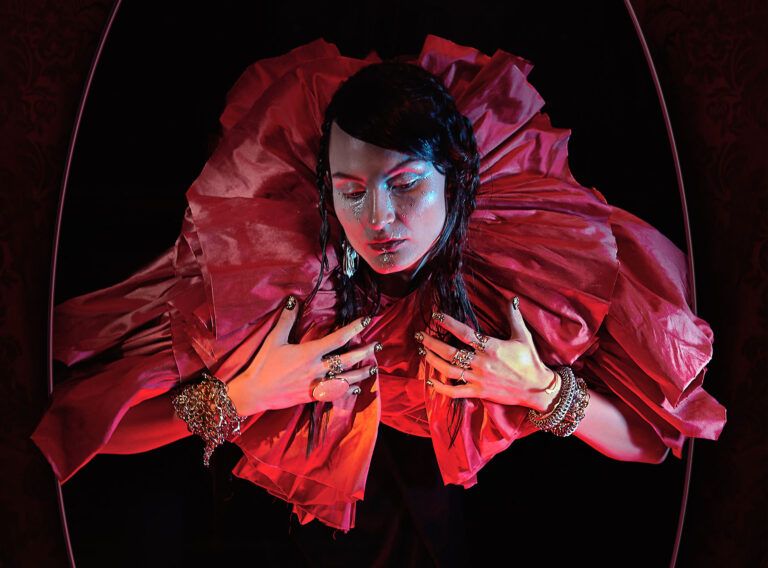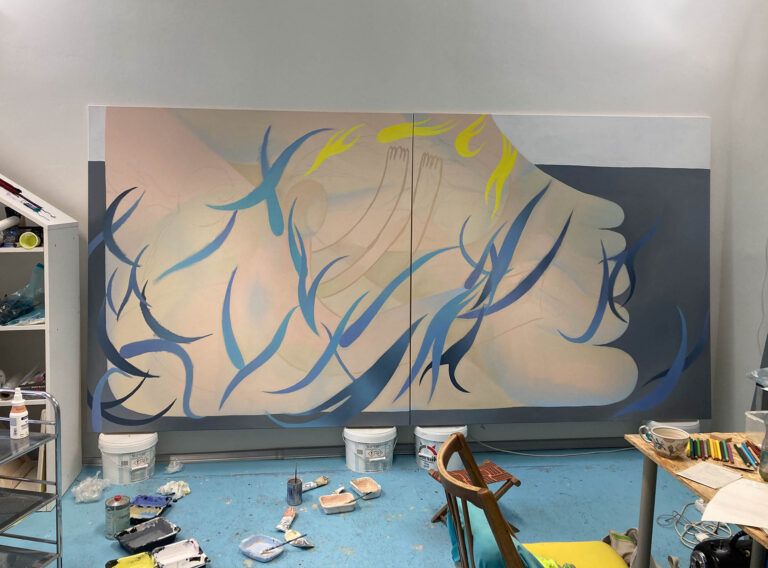“I suppose the way humans think is naturally gothic in a sense. The desire to simplify the perceived world, to abstract everything we cannot reasonably grasp and, at the same time, be a part of it all,” says artist Dominik Adamec. Which way do the Middle Ages penetrate into his works, how does the contemporary chimera look, and what does repetition lead to?
The medieval aesthetic interconnects spirituality with lecherousness. It offers an outlook at the world as a whole in which the spiritual side of a human being is firmly ingrown into their intellectual desires. The unawareness of natural laws, alongside the Christian interpretation of history, led it to the idea of the world as a chimera; a place where animals, plants, humans and objects create a notional corporate. To this day, it’s an epoch without clear borders and it’s staked out by our imagination rather than historic milestones.
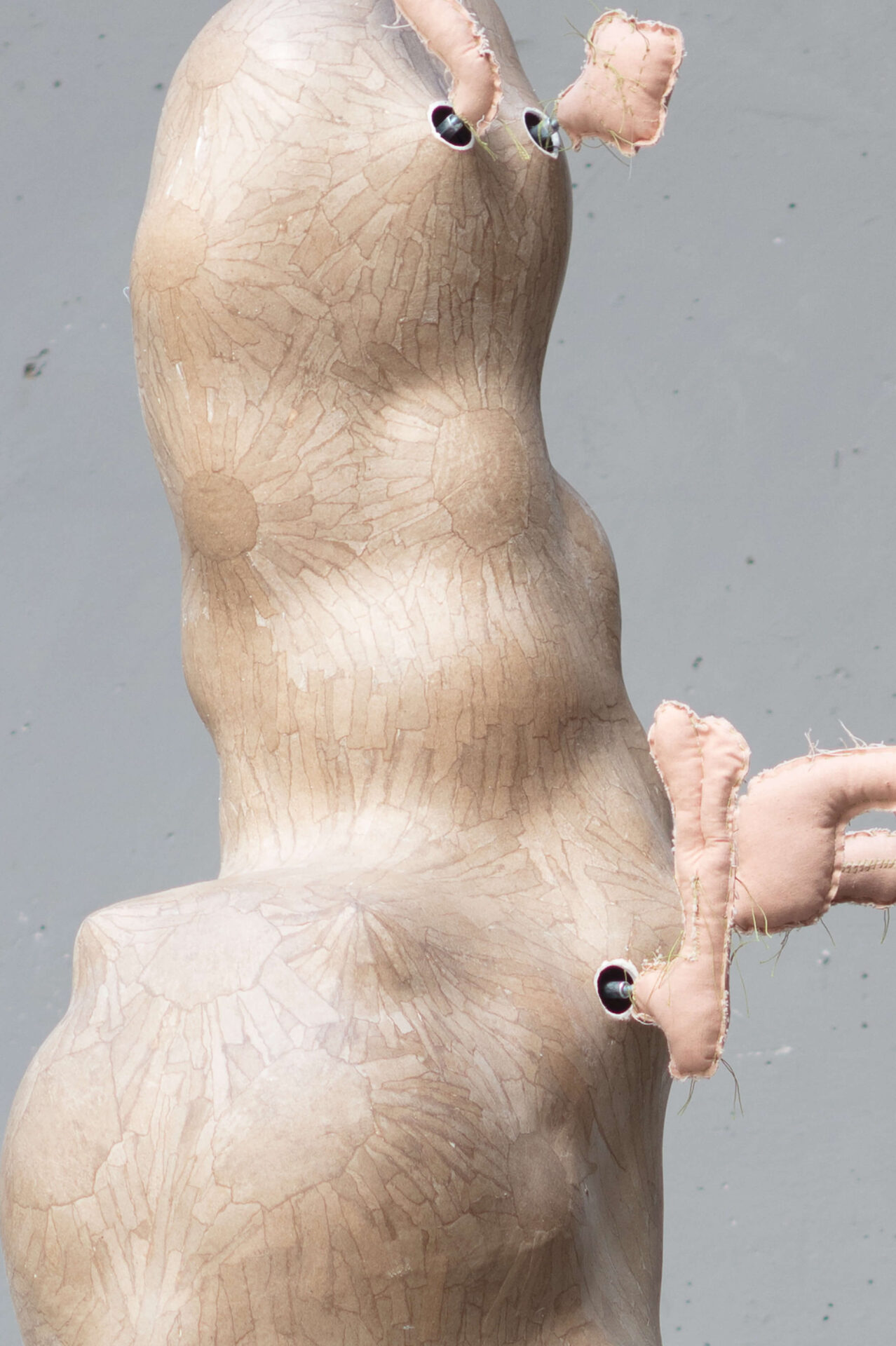
When one mentions medieval art, most people will probably think of Hieronymus Bosh. Why did his work become so significant for this period?
Perhaps for his multicoloured, at first sight captivating paintings that often decorate book covers or websites related to medieval art. His body of work is succinct and therefore well rememberable. In his time, he was a greatly controversial character for the church and even today his paintings arouse doubts. As a priest, he was teaching the public how to live spiritually; as a painter, he was portraying secularity and its aspects – lust, materialism, instinctiveness. In his works, he also gives voice to objects by which he, basically, jumped ahead of the philosophical phenomenology of the 20th century. Bosh visualised the duality inherent to humans. And that is, in my opinion, emblematic for the gothic period. His paintings reflect the layout of the world as a whole where everything relates to everything. Precisely, the paintings give birth to creatures that we would label, from the perspective of a person of that period versed in pagan mythology, as chimeras.
Each person is a chimera in their own way. We just don’t see it. Millions of bacteria participate so our bodies could function, in the gut, for example. Chimeras come to life also by genetic modification of plants – or pigs in which we will be perhaps able to grow organ transplants for ill people in a couple of years. But I don’t want to delve too deep into details. We have a few interesting Czech personas in this area such as evolutionary biologist Jan Černý or Marek Vácha. They look into the issue of biological chimerism and it was thanks to their work I was able to get oriented in this fascinating field more easily.
As a more “tangible” evidence of chimerism I consider various body modifications, which are rooted in indigenous cultures and are also particular to urban-dwelling subcultures nowadays.

Do chimeras also appear in your works?
Personally, I perceive it as a metaphor for expressing the reciprocal connection of the technological or animal world with humans, I don’t consider it to be something bizarre because we’re determined by it and, at the same time, are voluntarily inclined to it. In my works, it manifests as me understanding my sculptures as actors staged into various expressional roles. A sculpture is a living patient for me into which I drill and complement it somehow – this way, it’s given a new identity. My own material, which I call corpus, allows me to do it: it’s paper reinforced with Acrystal. Their combination creates thin and very corporeal material with a surface suitable for entries… I consider chimerism to be a subject of the future of sculpting.
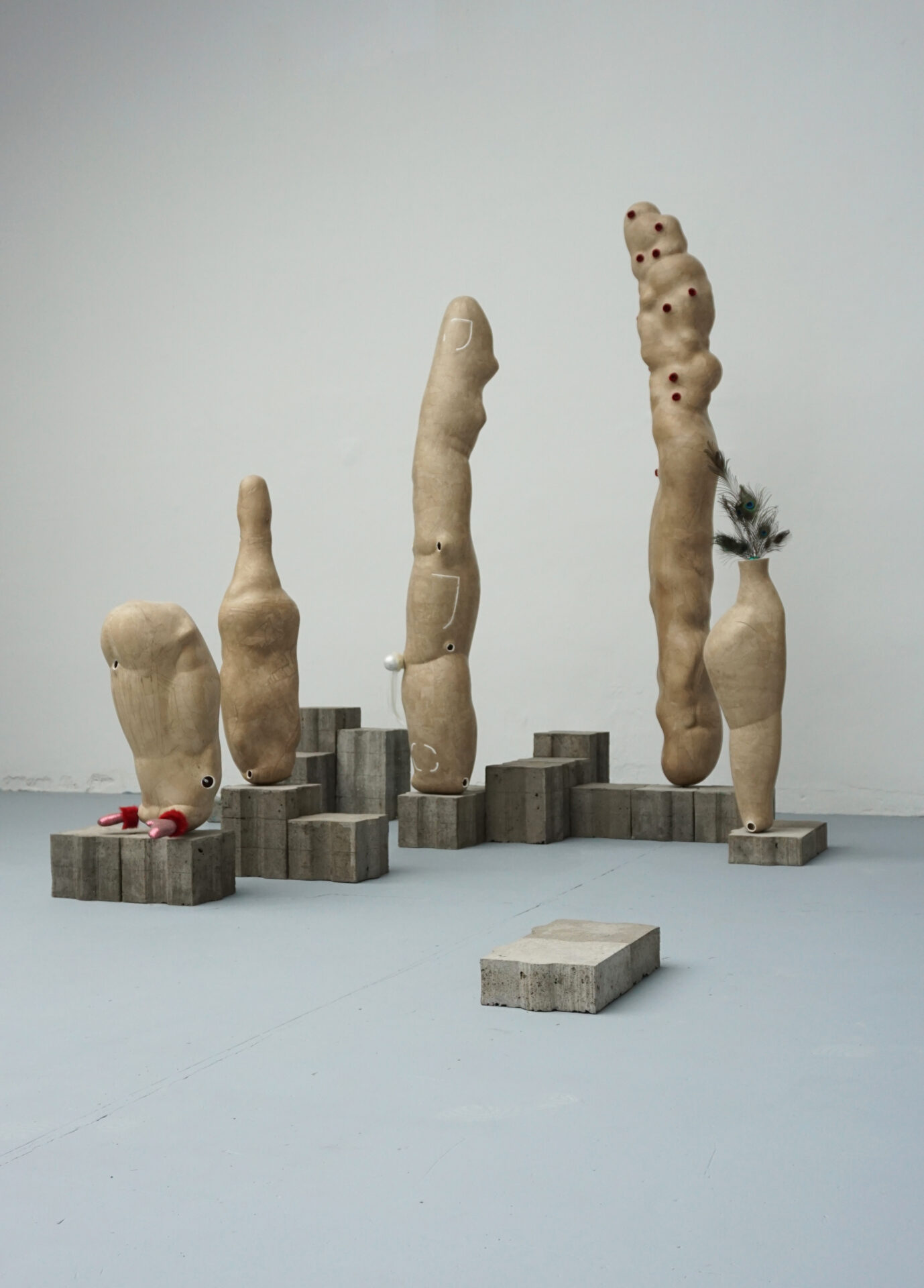
People are fascinated by unsettlement and inappropriateness. Perhaps that’s why the Middle Ages are so attractive – they give us the feeling that there is something that inevitably surpasses us, which also applies to religion. Which religious elements do you use when working and where do you see them intersect with the interest of the contemporary audience?
Certainly. I am literally obsessed with inappropriateness even though I consider myself to be a decent person. This ambivalence of life is “natural”. Nowadays, we’re taught to respect the clearly defined line between the private and the public but that doesn’t change a thing about us feeling unsettled and yearning for inappropriateness. The Middle Ages, on the other hand, determined by feudal law and Christian ethics, didn’t feature such clear boundaries and laws. The behaviour of people wasn’t ruled by laws but by their conscience before God. The fact that it wasn’t working much is also proved by the Middle Ages’ nickname – the dark ages.
I consider the fluidity of the term “consciousness” the main instigator of the era. It allowed critical works to come into existence, which were able to escape censoring thanks to their ambiguous or even comical content. It’s obvious with erotic literature and illustration. Back in the day, the church labelled publications with provocative content as Librorum prohibitorum, forbidden books. Among those belonged the famous Decameron or Sonnets of Lust, illustrations from which were decorating the Sistine Chapel for some time. In the sculpting field, I consider a great example of value ambivalence the motif of the beautiful Madonna whose pious sexuality reached behind the walls of monasteries.
Comicality teaches us to perceive the world as less fatal for it uncovers the essence of its fatality through human desires and ambitions.
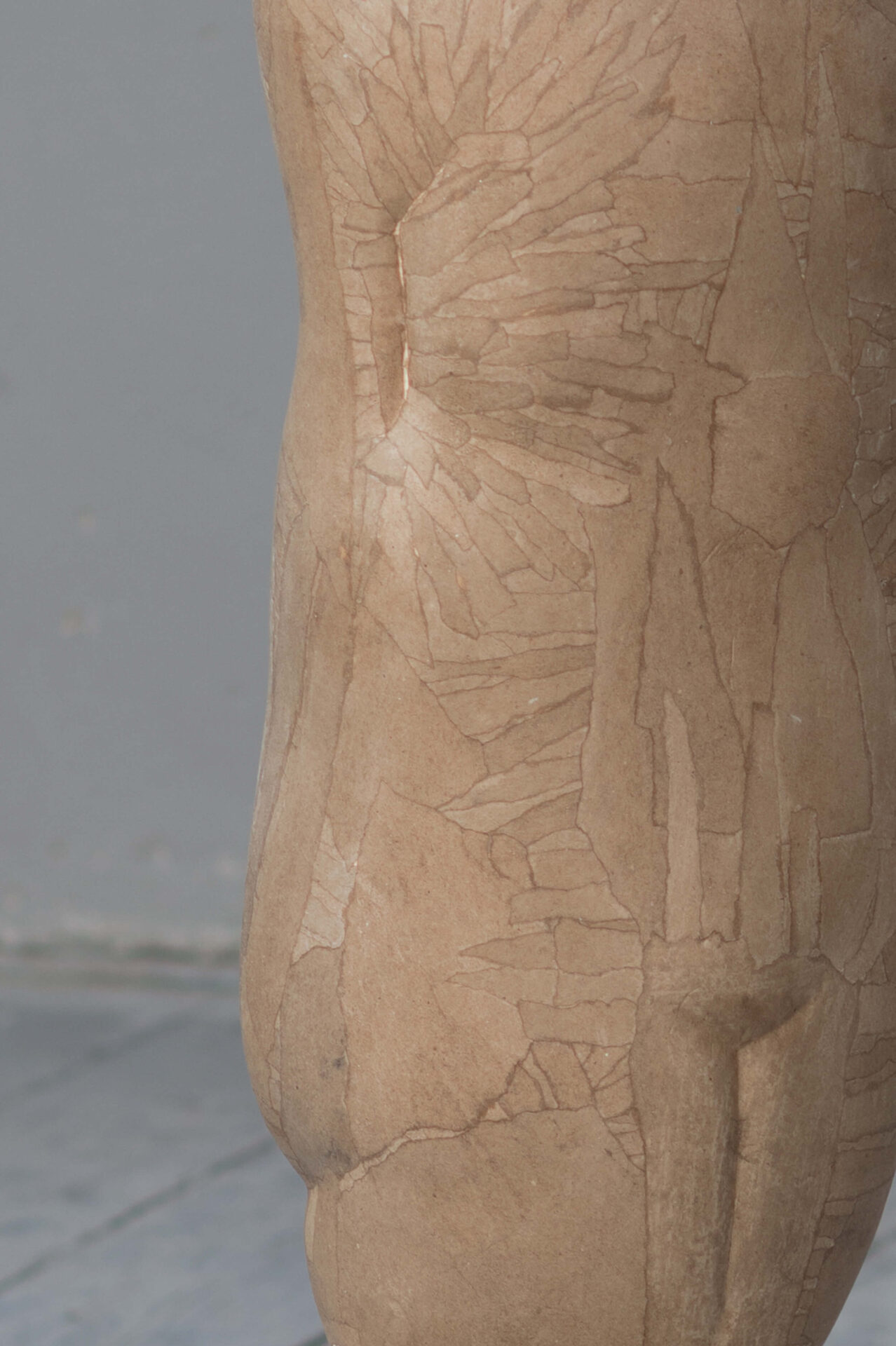
From today’s point of view, how is the narrative of medieval stories still relevant? According to you, does the contemporary dominant position of reason play and part?
The future has reached its limits, it no longer brings adventure. That’s why we withdraw to the irrational reassessment of life and see in the Middle Ages a deposit of other solutions. What’s also related to it is that the truthfulness of a story has lost its meaning to us, it’s actually no longer important.
How do you paraphrase the Middle Ages with your works?
As a story with a valuable intellectual lesson. It’s a theatre in the positive sense of the word. It has a storyline, narration and also scenic spatial treatment. My works use all possible means to express their own outlook on the world. Storytelling-wise, it’s an interesting source for sculptors of invaluable impulses. What I definitely don’t talk about is imitation, though. When I create, I utilize certain observations or mechanisms of this period but, in the end, I strive to create something of the likes of a Spatial Novel.
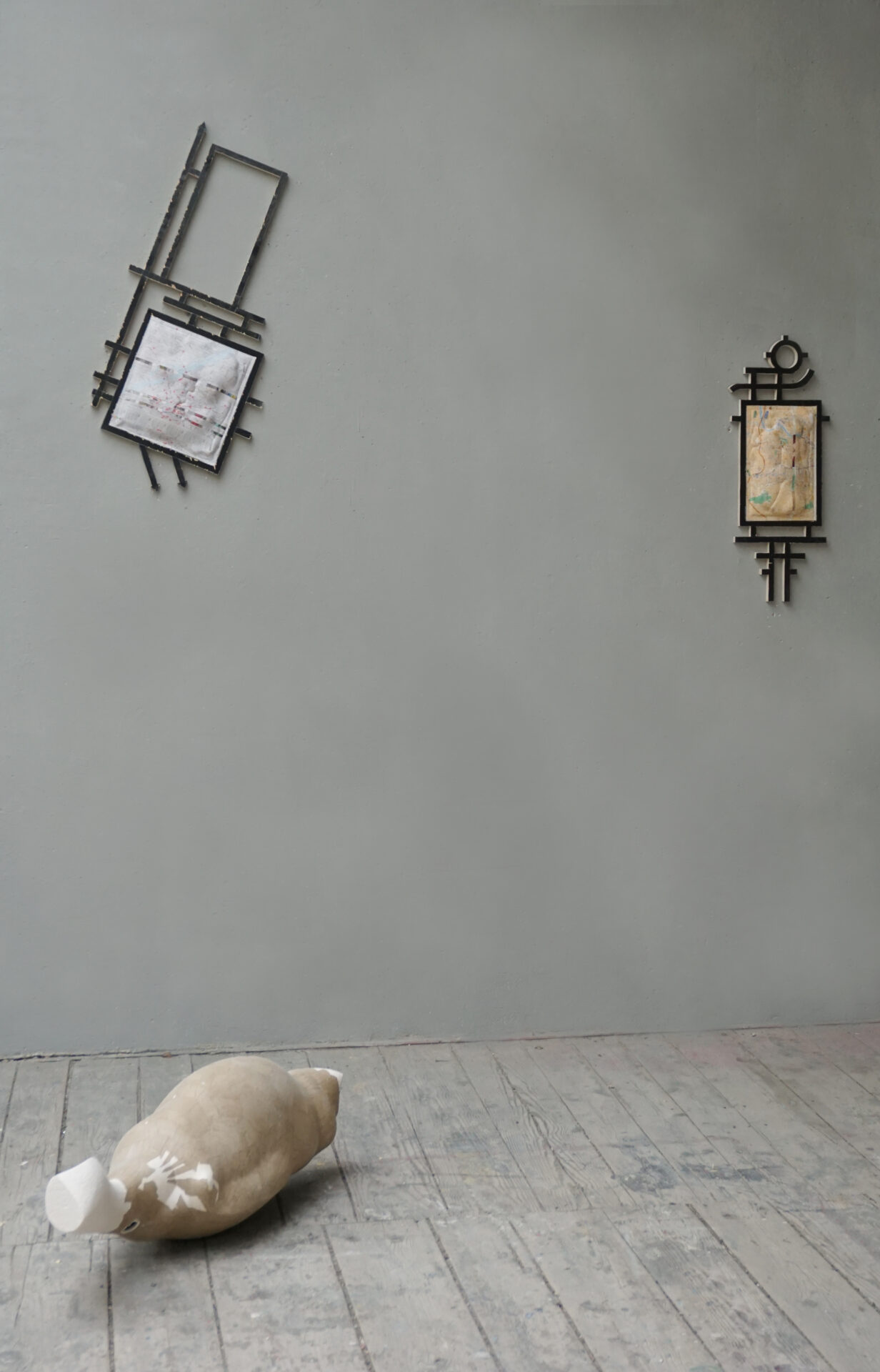
So you give the linear narration a spatial form?
Essentially, yes. There exist two kinds of storytelling, linear and circular. I’m interested in the circular kind. Not because I only want to point out the religious concept of time but I would rather like to stress the meaning of repetition. Therefore, the way we learn to understand mechanisms and relations between things. A Spatial Novel has its rules and requirements, similarly to its literary form. These rules stem from the preconception that visual art, the same as literature, is in its way a virtual matter, which requires participation from the viewer via engaging their own experience and imagination. A Spatial Novel plays out at different places at different intervals: the characters – sculptures, are repeatedly appearing. Sometimes, they change identity.
What meaning does repetition carry?
The repeating of words in the text forms its continuity, lends the words a greater potency or alerts to their meaning. In music, repeated tones create a melody. A repeated shape creates a sculpture. Ritual repetition leads to contemplation. Repetitive daily activities maintain our contact with reality. Repetition is the building block of nature. Repetition disturbs the personal idea of unrepeatableness. By repetition, the world gains back its chimeric nature.
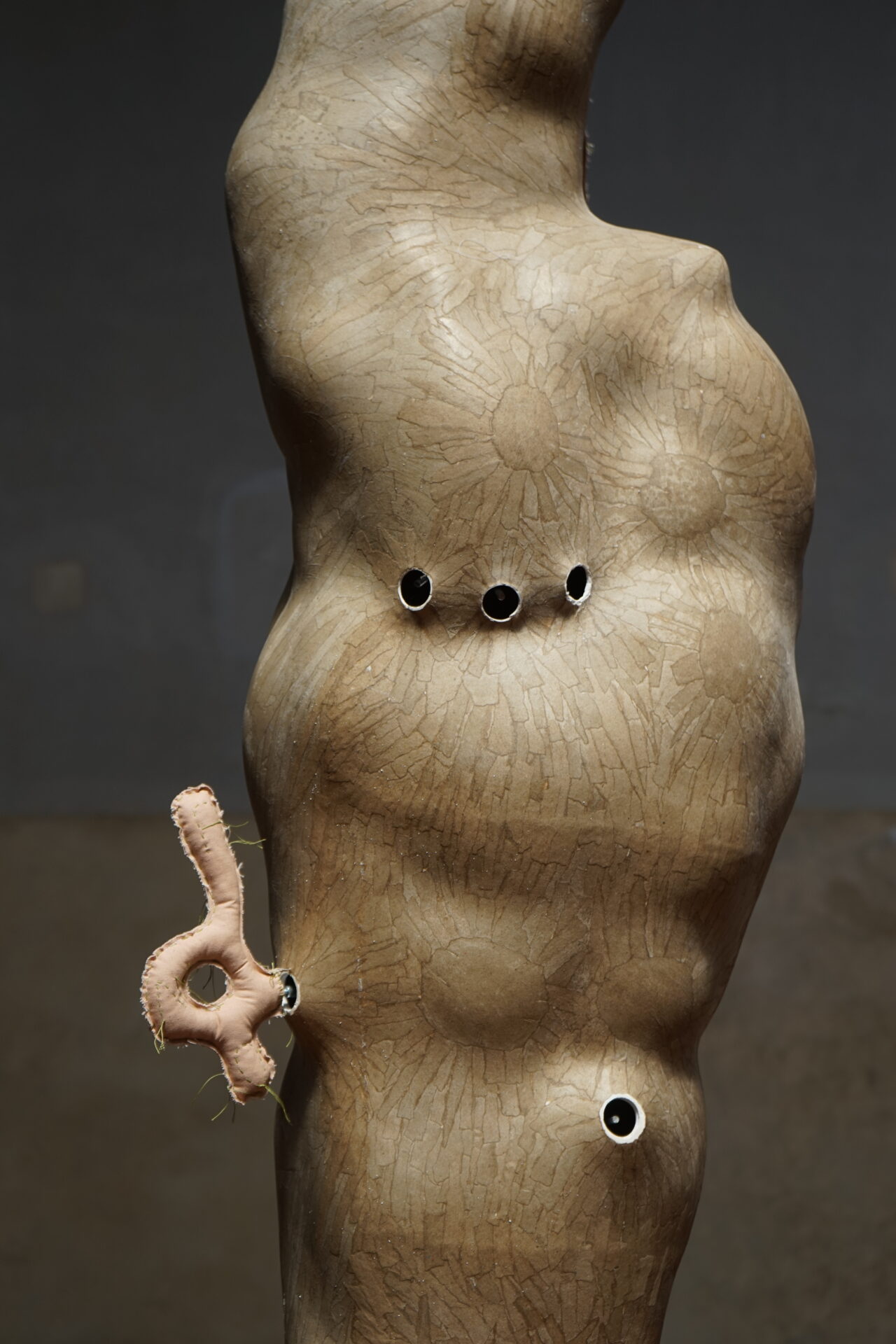
BIO / Dominik Adamec recently graduated from the Academy of Fine Arts, Prague, Czech Republic Master of Fine Arts in Sculpture (Jindřich Zeithammel, Tomáš Hlavina) and currently lives and works in the multiethnic city of Berlin. Perhaps because Adamec comes from a Christian family, his work largely draws on early medieval sacral architecture, sculpture and features of the religious liturgy. His expressive language builds on the principles of semiotic and haptic ambivalence which are otherwise alien to Christianity. In his installations, which often feature him reading original texts and working with synthetically re-worked choir music, the symbols of Christianity transform into symbols referring to eroticism or biotechnological intervention. This does not mean that he is making light of religiosity, quite the contrary. The embodied feel of the paper surface of his sculptures is a shorthand for human embodiment. It becomes a canvas for the outside world as a whole – a whole composed of people, animals, plants. This is the world we see in early Gothic illumination. It is a Chimeric world that is presented to the viewer in the morphology of his sculpture. Adamec understands installation as a form that reproduces the idea of the world as mutually affective in which we cannot opportunistically separate one from another.
www.dominikadamec.com
CREDITS
ARTWORKS / Dominik Adamec
INTERVIEW / Bára Čápová
TRANSLATION / Františka Blažková
